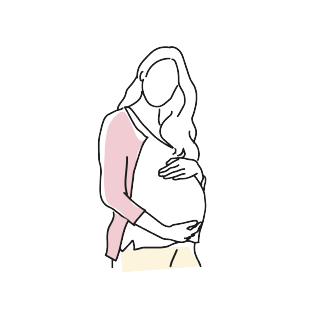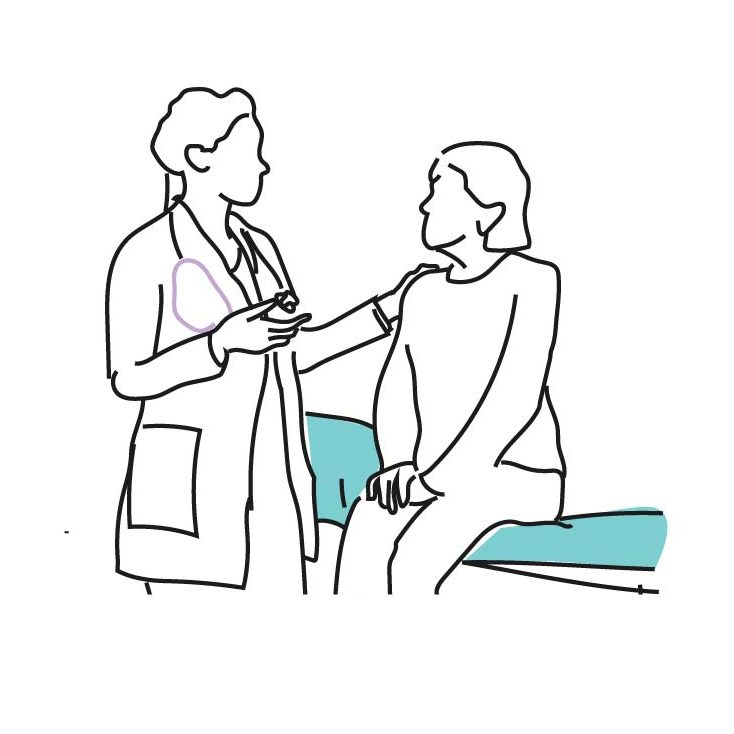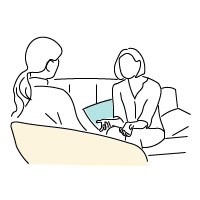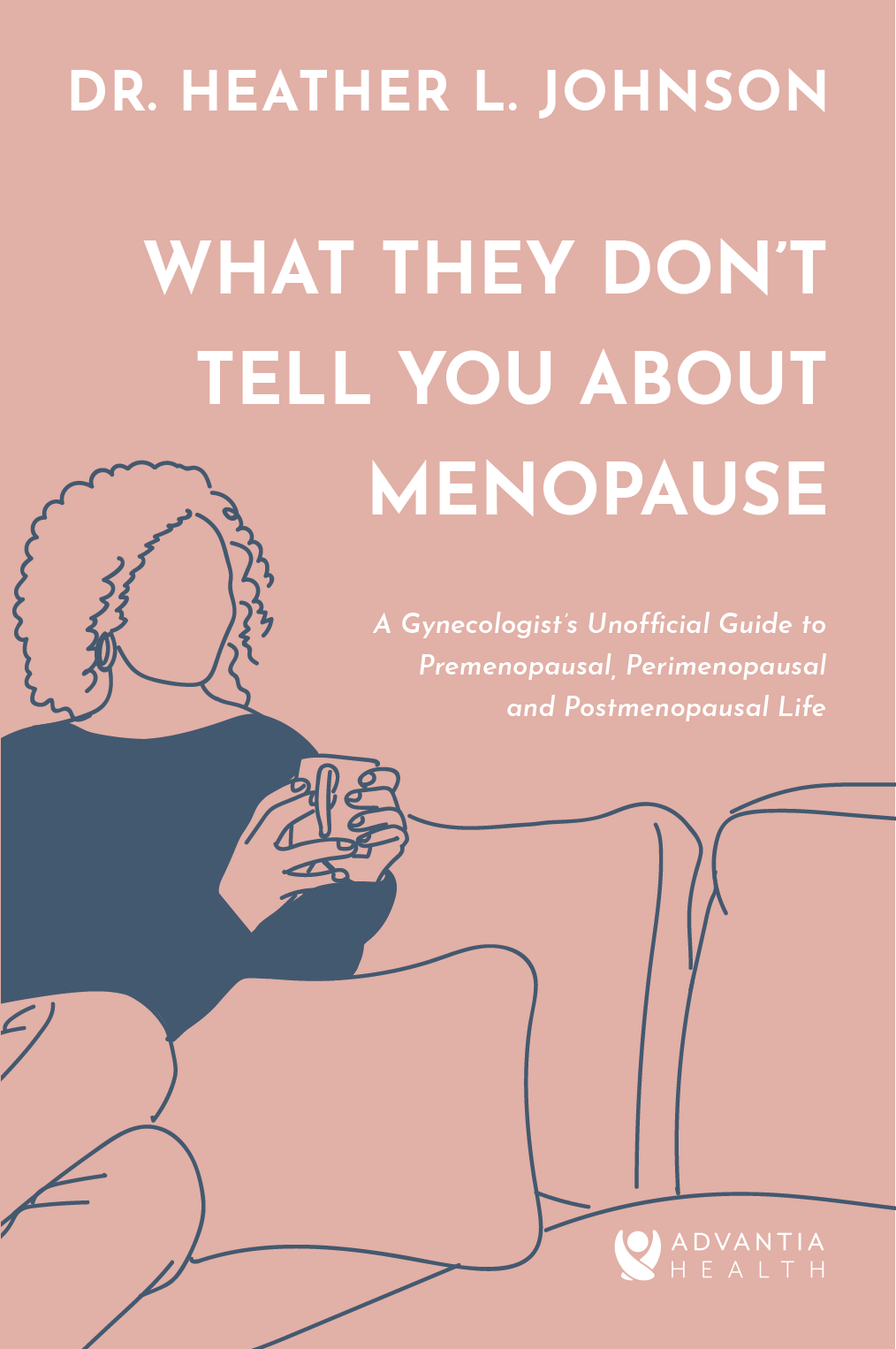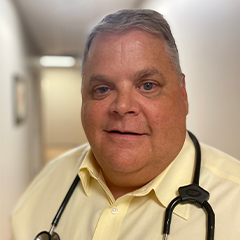New look, same mission.
Welcome to our new site!
New look, same mission.
Welcome to our new site!
All of your healthcare needs under one roof
Meet our providers
Meet our providers
Accepted Insurance
The insurance plans we participate with change regularly. Please call our offices if you don’t see your insurance carrier listed.
Accepted Insurance
The insurance plans we participate with change regularly. Please call our office if you don’t see your insurance carrier listed.
Free eBooks for Heartland Women’s Healthcare patients!
Get firsthand tips from Advantia Health’s Dr. Heather Johnson in her two recently published books about pregnancy and menopause. In both books, Dr. Johnson shares invaluable knowledge from her 40 year career as an Ob-Gyn with women of all ages.
Click below for your free digital download, available exclusively for Advantia Health patients with the code: advantia (the retail price of each book is $19.95 on Amazon). Enjoy your reading!
Contact & Locations
Missouri:
Lake St Louis
1000 Edgewater Point Ste. 200
Lake St Louis, MO 63367
[Monday – Friday]
Map
Wentzville
1271 Wentzville Parkway
Wentzville, MO 63385
[Monday – Friday]
Map
Illinois:
Carbondale
900 E Walnut St #10
Carbondale, IL 62901
[Monday – Friday]
Map
Mt. Vernon
3130 Veterans Memorial Drive
Mt. Vernon, IL 62864
[Monday – Friday]
Map
Centralia
1007 Martin Luther King Drive,
Centralia, IL 62801
[Monday – Friday]
Map
Shiloh
1170 Fortune Blvd.
Shiloh, IL 62269
[Monday – Saturday]
Map
Missouri:
Lake St Louis
1000 Edgewater Point Ste. 200
Lake St Louis, MO 63367
[Monday – Friday]
Map
Wentzville
1271 Wentzville Parkway
Wentzville, MO 63385
[Monday – Friday]
Map
Illinois:
Carbondale
900 E Walnut St #10
Carbondale, IL 62901
[Monday – Friday]
Map
Centralia
1007 Martin Luther King Drive,
Centralia, IL 62801
[Monday – Friday]
Map
Harrisburg
24 Veterans Drive
Harrisburg, IL 62946
[Monday, Tuesday, and Thursday]
Map
Marion
3408 Office Park Drive
Marion, IL 62959
[Monday – Saturday]
Map
Mt. Vernon
3130 Veterans Memorial Drive
Mt. Vernon, IL 62864
[Monday – Friday]
Map
Shiloh
1170 Fortune Blvd.
Shiloh, IL 62269
[Monday – Saturday]
Map
Sparta
Broadway Plaza
Suite 1
Sparta, IL 62286
[Wednesday and Friday]
Map
Waterloo
723 Station Crossing
Waterloo, IL 62298
[Monday, Wednesday, Thursday, and Friday]
Map
Patient Support Center

